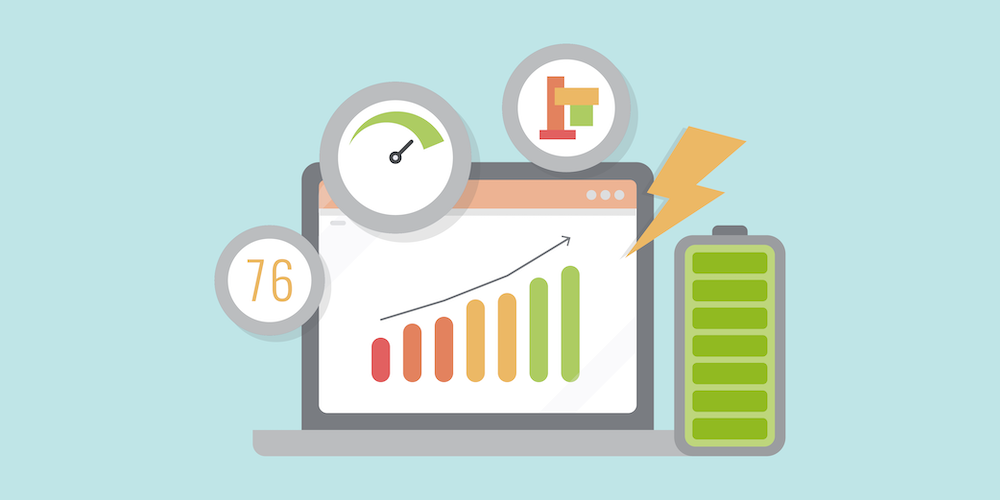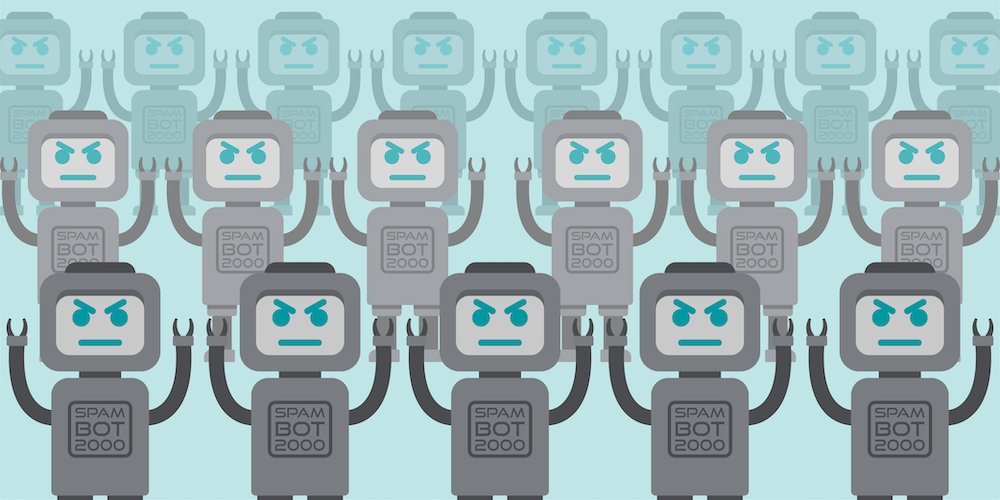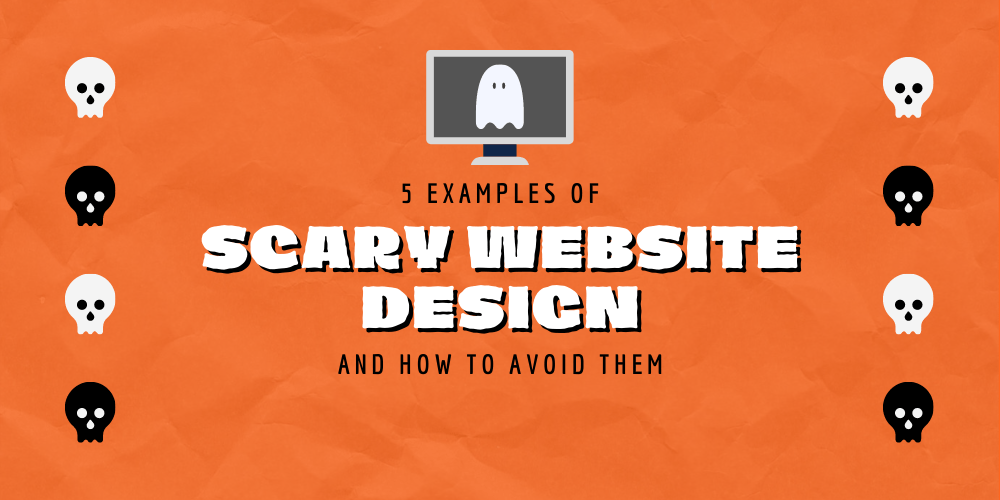Core Web Vitals: 3 Vital Ways To Supercharge Your Science Website
By Jordan Eller

From Google’s perspective, your science website is just like any other website.
The content may be a bit denser and you may have a few more pictures of people in labcoats, but Google doesn’t care about that. While it’s true that Google uses over 200 factors to rank URLs on its search results pages, there are three major components considered more important than anything else.
- Speed
- Responsiveness
- Visual Stability
For Google, these three elements are the most crucial ingredients for a healthy site. Google actually announced this itself in 2020, dubbing them Core Web Vitals. But what do they mean, and how can you use them to improve the experience on your own science website? Let’s go over each of them.
1) Speed
Speed is the most self-explanatory of the Core Web Vitals trio, but it can also be the hardest to improve. This is also referred to as “loading”, or “largest contentful paint”. Largest Contentful Paint (LCP for short) is the metric that measures the time a website takes to show the user the largest content on the screen, complete and ready for interaction.
Think about the last time you waited 10, 15, or 20 seconds for a website to load. You probably wouldn’t describe that as a “good experience”, and neither would Google. This is why it’s important to have a website that loads quickly.
Protip: use this free tool from Google to measure your current site speed.
Do your best to hit a load time of 2.5 seconds. This can be achieved in a few ways, such as improving server response time, eliminating render-blocking Javascript and CSS, optimizing resource load times, and adding client-side rendering. Ask your web developer to assist you with this if you suspect your pages are too slow.
Or you can ask us! We’ve been improving and optimizing websites for decades, and we’d be happy to take a look at your pages with you.
2) Responsiveness
Responsiveness can also be called “interactivity”. It’s a gauge of how pleasant the user experience is on a site. Developers will refer to it as “First Input Delay”, and it measures the time from when a user first interacts with your site (like when they click a link, tap a button) to the time when the browser is actually able to respond to that interaction.
A website with sluggish responsiveness will definitely have trouble ranking highly on Google’s SERPs. One of the best ways to improve your First Input Delay is by optimizing your Javascript code and reducing the impact of 3rd party code on your site. Again, this is best tasked to your developers.
The best tool for measuring each of Core Web Vitals is Google Search Console. This tool is great for tracking everything from site performance to organic traffic and more. Happy monitoring!
3) Visual Stability
Visual stability is the final Core Web Vital, and it’s just as important as the others. Technically referred to as “Cumulative Layout Shift”, it measures how visually stable your page is during loading. An easy way to spot this is if you can see various elements shifting around the page as it loads. This means the page has a high CLS and is considered visually unstable.
We’ve probably all experienced the mildly infuriating phenomenon of trying to click a link or button on a page, only to have the entire page suddenly shoot downwards as the rest of the content is loaded. This is a hallmark of poor visual stability, and you should make every effort to avoid this on your science website.
Ask your developers to use set size attribute dimensions for your images and videos, and make sure you add new UI elements below the fold.
We hope you enjoyed our quick breakdown of Google’s Core Web Vitals. If you’re looking for an experienced partner to support a new website initiative, don’t hesitate to reach out today!






